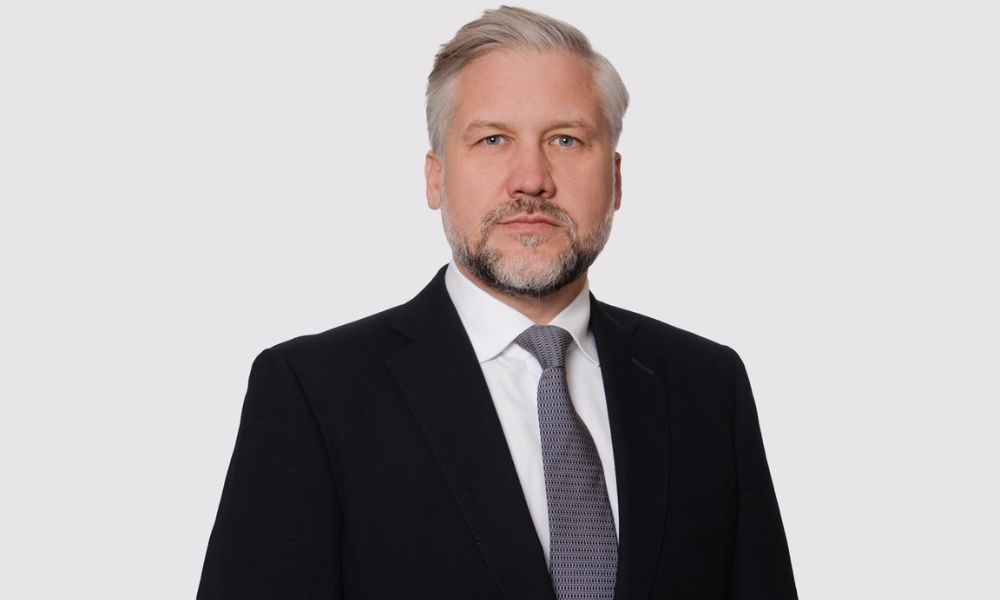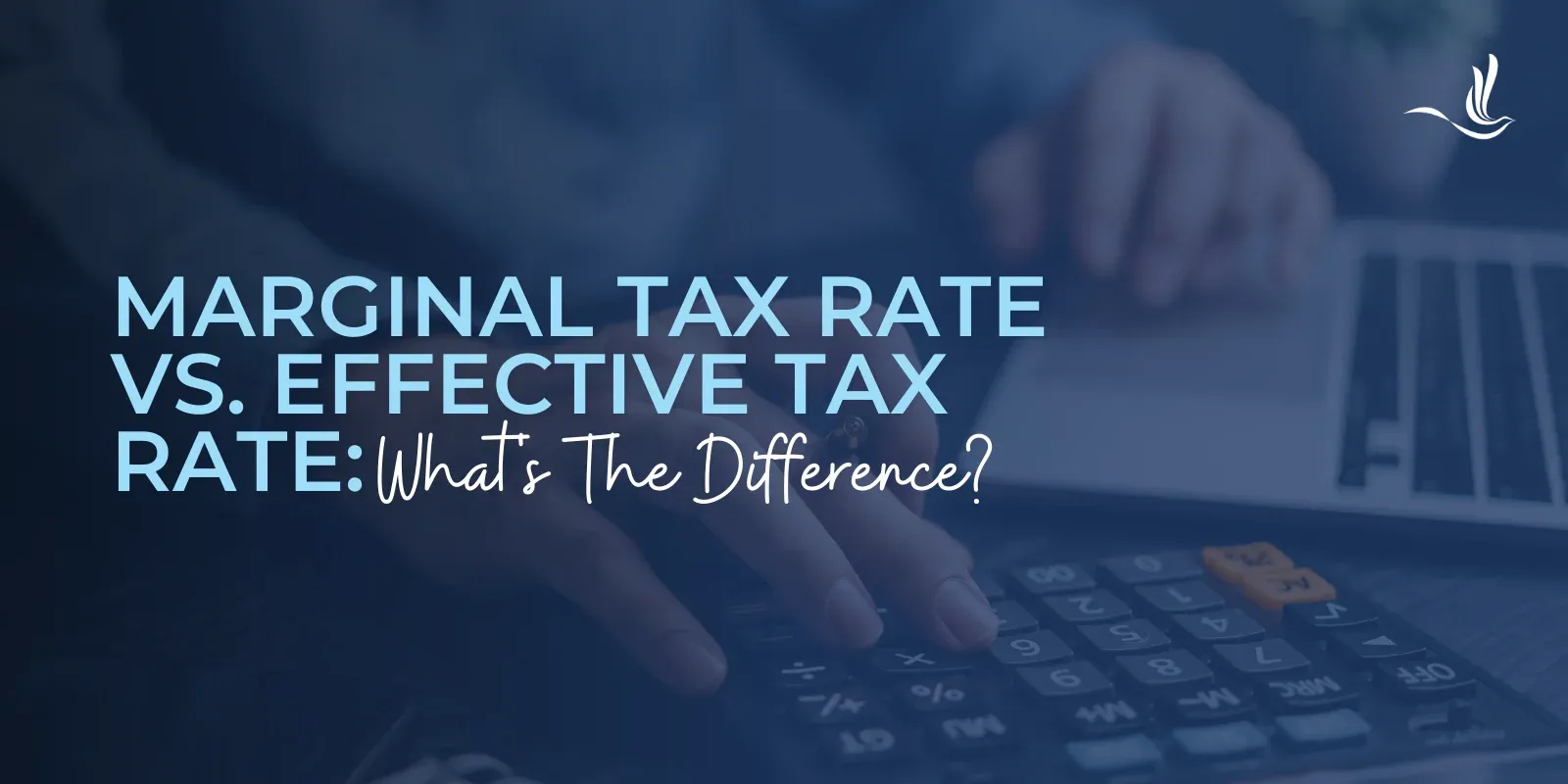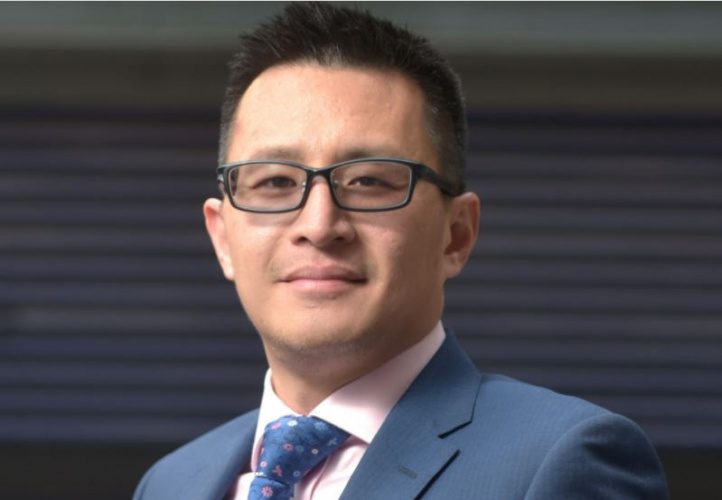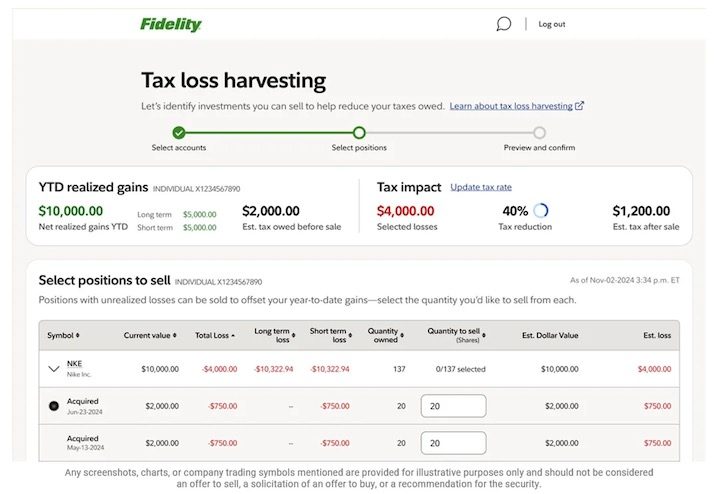The Department of Education recently identified additional borrowers who could be eligible for PSLF, resulting in an additional $6.2 billion in student loans eligible for forgiveness. This article would discuss this latest news, as well as any steps borrowers need to take to be eligible (some may see their loans automatically forgiven, others might need to consolidate their loans or submit the PSLF form).
In the past few months, the Department of Education has been expanding access to the Public Service Loan Forgiveness (PSLF) program, paving the way for thousands of student loan borrowers to receive loan forgiveness. On March 9, 2022, the Biden-Harris administration announced that it had identified over 100,000 borrowers who could qualify for a total of $6.2 billion in loan forgiveness.
According to the latest data, the Department of Education identified anywhere from 170 to 7,870 borrowers in each state who could qualify for PSLF. California and New York had the largest number of borrowers identified at 7,870 and 7,400 respectively, while less populous states like Wyoming and North Dakota had a smaller group (170 and 190).
While the PSLF program has been around since 2007, it has had confusing requirements and a notoriously low acceptance rate since the first group of borrowers became eligible in 2017.
This latest move by the administration could make it easier for public servants to get the loan forgiveness they were promised.
If you owe federal student loans and work in public service, here are some steps that could help you qualify for PSLF.
1. Check if you qualified for automatic forgiveness 2. Apply for Direct loan consolidation if you have non-Direct loans 3. When to consider consolidating Direct Loans under the PSLF Waiver 4.Submit the PSLF employer certification and application form 5. Get all your ducks in a row by Oct. 31, 2022
Check if you qualified for automatic forgiveness
If you’ve already submitted your PSLF paperwork and made 120 payments on your federal student loans, you might not need to do anything to get the latest round of loan forgiveness.
According to the Education Department, Federal Student Aid staff will be reviewing accounts and automatically canceling student loans for borrowers who qualify. Borrowers will be notified on a rolling basis.
Download the Best Student Loan CalculatorThis expansion of PSLF eligibility comes as a result of the recent Limited PSLF Waiver Opportunity. Prior to this PSLF waiver, only payments on Direct loans via an income-driven repayment plan counted toward the 120-payment requirement.
Because of the waiver, any of your student loan payments can count toward the 120-payment benchmark, regardless of your repayment plan or loan type.
You may still need to consolidate your various loans to fold them into the Direct loan program, but you won’t lose credit for past payments.
According to the Department of Education, this waiver could bring the average borrower 23 payments, or nearly two years, closer to getting PSLF. And thanks to this latest round of PSLF expansion, you might see your student loans automatically forgiven if Federal Student Aid decides you’ve already fulfilled the program’s revised requirements.
Apply for Direct loan consolidation if you have non-Direct loans
If you don’t qualify for automatic PSLF forgiveness, you might need to take additional steps to put yourself in the running. One step you might need to take is consolidating your student loans.
If you hold non-Direct loans, such as FFEL loans or Perkins loans, you’ll need to consolidate them into a Direct consolidation loan. By consolidating, you’ll bring all your loans into the Direct loan program, thereby meeting that requirement for PSLF.
Due to the PSLF waiver, you’ll still get credit for your prior student loan payments.
Consolidating your loans also has the added bonus of simplifying repayment. Instead of having to track multiple bills and due dates, you can make one monthly payment on a single loan. When you consolidate, you can also put your loans on one of the four income-driven repayment plans.
You can apply for a Direct consolidation loan on the Federal Student Aid website. Make sure to keep paying your student loans in the meantime so you don’t accidentally miss a payment, which could cause your loans to fall into delinquency.
When to consider consolidating Direct Loans under the PSLF Waiver
If you have loans with differing payment counts towards PSLF, you might consider consolidating even if you only have Direct Loans.
This is due to the Department of Education guidance that, at a minimum, your new consolidation loan will have the same number of qualifying payments as the loan with the most credit that you consolidated.
It’s possible that the consolidation loan could have more than the loan with the most credit if the payment periods do not completely overlap.
If you consolidate, you do not reset the clock on 120 months needed for forgiveness under PSLF, but you do reset the clock for the 20 to 25-year forgiveness programs outside of PSLF. You also run the risk of resetting your monthly income driven repayment, which in many cases do not need to be recertified until 2023 due to the pandemic.
Additionally, borrowers with substantial income might not have a partial financial hardship after consolidation.
There are many factors to consider when weighing whether or not to consolidate due to the PSLF waiver, but generally, you should.
Submit the PSLF employer certification and application form
Along with consolidating your student loans with a Direct consolidation loan, you may also need to certify your public service employment with the PSLF form. If you’re not sure if your employer qualifies, you can get guidance by logging into your StudentAid.gov account and using the PSLF Help Tool.
This tool will walk you through the eligibility requirements and generate the forms you need to apply to PSLF. Specifically, you’ll need to fill out the PSLF and TEPSLF Certification & Application form.
If you already filled out the old Employment Certification Form (ECF), the Department of Education should accept it.
But it’s worth filling out the most recent version of the form, as well, to ensure that all your documentation is in order.
It’s also a good idea to reach out to your loan servicer to make sure it has received your application. PSLF applications used to be handled by FedLoan Servicing, but this servicer’s contract recently expired. Most borrowers who are pursuing PSLF will see their loans transferred to MOHELA, if they haven’t already.
If you’re pursuing PSLF, contacting your loan servicer could help make sure your documentation doesn’t fall through the cracks amidst all these changes.
Get all your ducks in a row by Oct. 31, 2022
The PSLF waiver offers a number of benefits to student loan borrowers who work in public service, including credit for loan payments that previously didn’t qualify for PSLF. But in order to take advantage of this waiver, you’ll need to take action before Oct. 31, 2022.
That means applying for Direct loan consolidation if you hold FFEL or Perkins loans, as well as submitting your PSLF employer certification and application form.
You should also seek to include loans outside the Department of Education system that can be consolidated such as Health Professions Student Loans.
If you’ve already worked in public service for 10 years and made 120 payments on your student loans, you might see your balance automatically forgiven.
There have been a lot of changes to PSLF requirements in the past few months, and there could be more to come. Keep an eye out for future developments and stay up-to-date on the latest PSLF news so you can make sure you’re on track to receive student loan forgiveness.
Get a Student Loan Plan Refinance student loans, get a bonus in 2022 1 Disclosures $1,050 BONUS1 For 100k+. $300 bonus for 50k to 99k.1 VISIT LAUREL ROAD Variable 1.64-5.65%1 Fixed 2.25-5.75%1 2 Disclosures $1,000 BONUS2 For 100k+. $300 bonus for 50k to 99k.2 VISIT SPLASH Variable 1.74-6.52%2 Fixed 1.99-6.25%2 3 Disclosures $1,000 BONUS3 For $100k or more. $200 for $50k to $99,9993 VISIT SOFI Variable 1.74-8.02%3 Fixed 2.49-8.02%3 4 Disclosures $1,000 BONUS4 For 100k or more. $200 for 50k to $99,9994 VISIT EARNEST Variable 1.74-7.99%4 Fixed 2.44-7.99%4 5 Disclosures $1,050 BONUS5 For 100k+. $300 bonus for 50k to 99k.5 VISIT COMMONBOND Variable 2.00-6.86% APR5 Fixed 2.49-6.74% APR5 6 Disclosures $1,275 BONUS6 For 150k+. Tiered 300 to 575 bonus for 50k to 149k.6 VISIT ELFI Variable 1.86-6.01%6 Fixed 2.43-5.99%6 7 Disclosures $1,250 BONUS7 For $100k or more. $100 to $350 for $5k to $99,9997 VISIT LENDKEY Variable 1.90-5.25%7 Fixed 2.49-7.75%7 8 Disclosures $1,250 BONUS8 $350 for 50k to 100k8 VISIT CREDIBLE Variable 1.74-7.58%8 Fixed 2.15-7.83%8 Not sure what to do with your student loans?Take our 11 question quiz to get a personalized recommendation of whether you should pursue PSLF, IDR forgiveness, or refinancing (including the one lender we think could give you the best rate).
Take Our QuizOriginal Article






